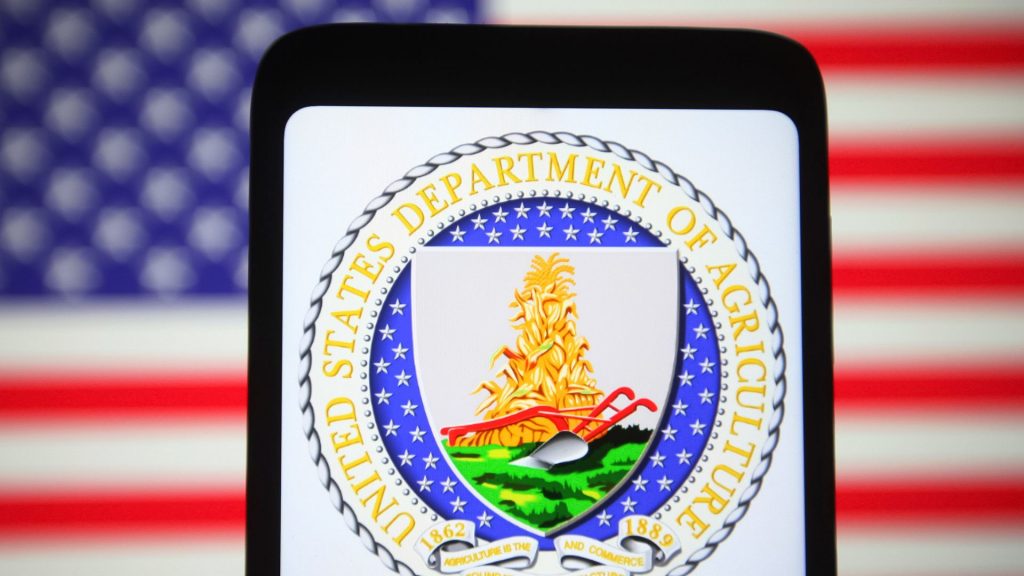USDA directs states to implement stricter verification processes for SNAP benefits
Ella Greene April 25, 2025 0
Roughly 41 million Americans who rely on the Supplemental Nutrition Assistance Program, or SNAP, may soon face a stricter verification process. That’s because the U.S. Department of Agriculture wants to make sure none of the people receiving SNAP benefits are undocumented immigrants.
The department’s leaders directed state agencies to implement stricter rules on verifying who is eligible for benefits like food stamps or assistance programs.
It’s unclear from the issuance of the USDA’s guidelines when states would need to comply with the directive or the exact method the department would use to verify compliance.
What are the guidelines?
The department’s guidance, issued on Thursday, April 24, called for states to require “more reliable documents to prove identity.”
It also told states to take further action to combat the use of “fake Social Security numbers” and use the Department of Homeland Security’s Systemic Alien Verification for Entitlements (SAVE) system more efficiently.
Additionally, the directive issues guidance on “best practices” to implement a verification system to help identify fraud. The USDA encouraged state agencies to require more in-person interviews as well.
The USDA said the effort is to safeguard against “improper payments,” of which there were $10.5 billion in fiscal year 2023. That accounted for roughly 12% of total SNAP payments, according to the USDA.
The department said it believes the implementation of better verification will help ensure that proper payments are made.
What does the directive stem from?
The move by the USDA follows an executive order signed by President Donald Trump in February that directed the department to “enhance verification systems” and ensure that taxpayer funded benefits exclude “any ineligible alien.”
As of the publishing of this report, no states have publicly responded to the new guidelines from the USDA.
Ella Rae Greene, Editor In Chief
Ella Greene
Ella and the staff at Clear Media Project (CMP) curate these articles.
Unless otherwise noted CMP does not write these articles.
The views, thoughts, and opinions expressed in the articles published on this blog belong solely to the original authors and do not necessarily reflect the views of the blog owner. The blog owner does not claim ownership of the content shared by contributors and is not responsible for any inaccuracies, errors, or omissions.
All rights and credits goes to its rightful owners. No Copyright Infringement is intended. If you believe any content infringes on your rights, please contact us for review and potential removal.





